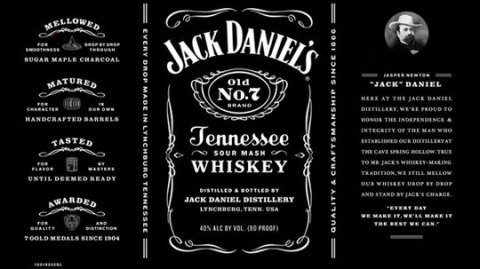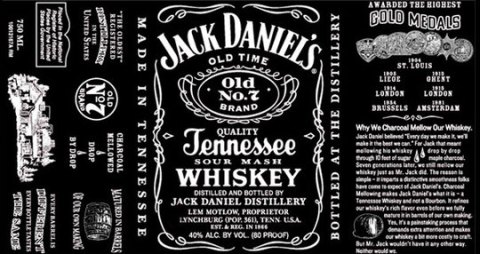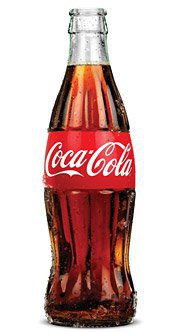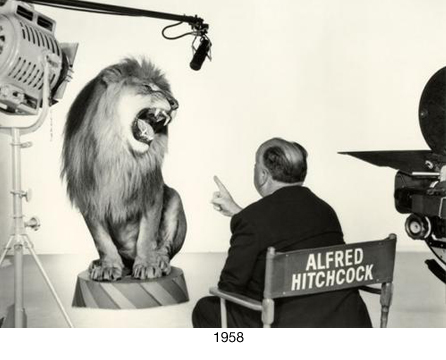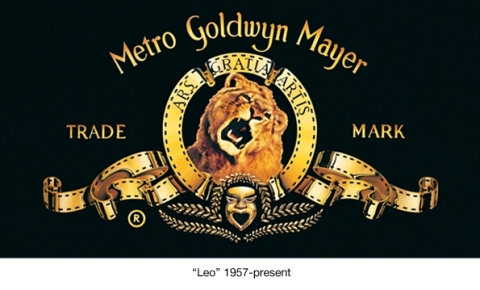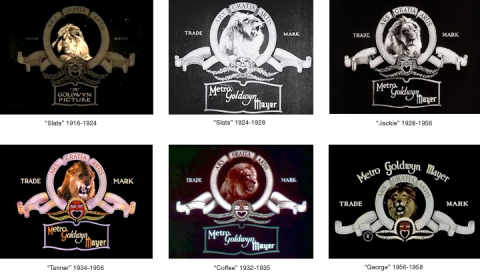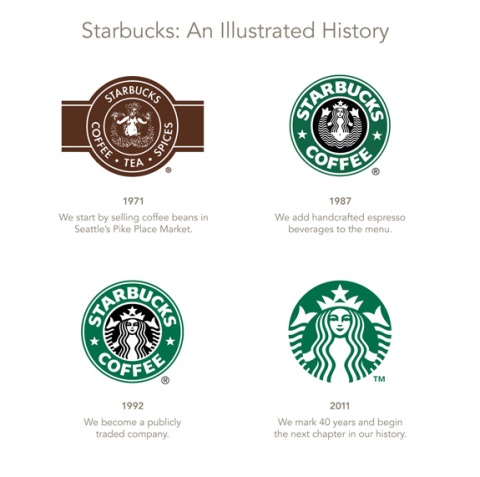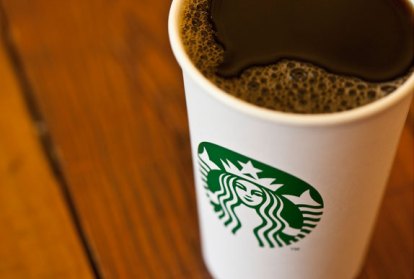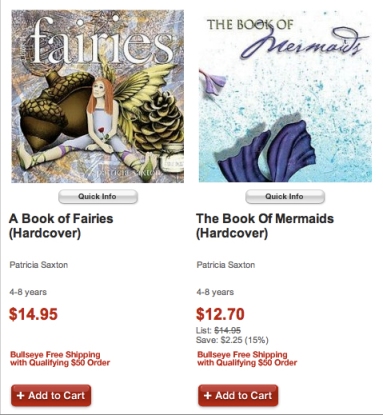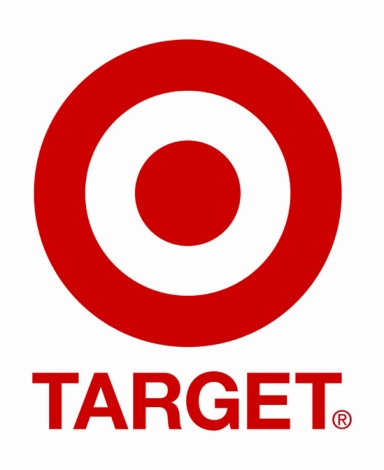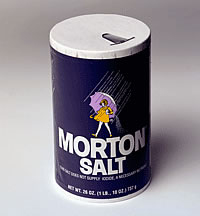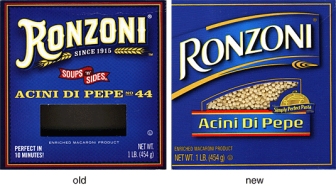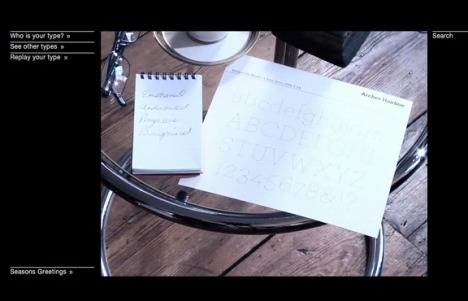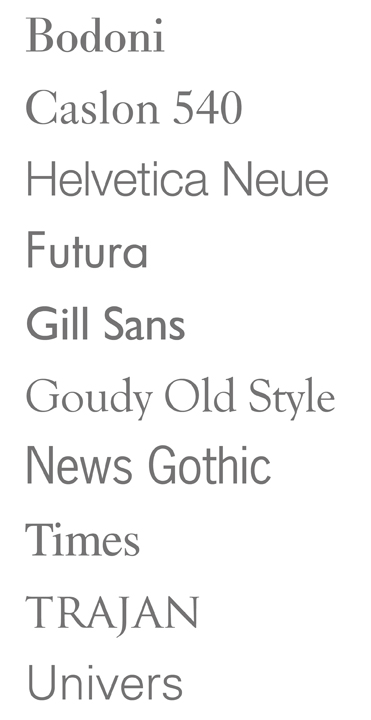A More "Refined" Jack Daniel's… But Why?
Brand makeovers are all the rage. And as a designer, I often see the value. But honestly, in this case I’m missing the point.
You wonder sometimes what drives a change like this,” when it ain’t broke”… unless it is. Or somebody with clout says it needs to happen, and it becomes more about what’s on the cover than what’s inside. Hmmm.
Not that the new label isn’t a good one. Thankfully it doesn’t kill the brand by overly modernizing, and I admit the cleaner look is attractive. I just don’t know why they bothered. The old label was just … so … Jack Daniels. Classic JD, forever, the way it was…. until now. Cleaned up and more refined. (Only Jack Daniel’s isn’t supposed to be refined, as I recall?)
I have to admit though, that reading some of the articles about it were pretty interesting. For example, I never knew that Jack is brewed in a dry county. That’s a little crazy.
As for the label, they got rid of a lot of the text, including fun details like the population count of 361 (so what if it wasn’t accurate? ~ it was an interesting historical tidbit). Gone is the folksy description of how they achieve the rich flavor. They’ve also removed the claim that Jack Daniel’s is America’s oldest distillery, and they took off the name of Lem Motlow.
Now as I’ve learned, Motlow inherited the distillery when his Uncle Jack died in 1911. Motlow promptly put his name on the bottle and kept the company alive throughout the dark days of prohibition and through the controversy arising after he drunkenly shot a man dead while riding aboard a train in 1924.
This is great stuff. But maybe legends are passe’ now.
Even Jack Daniel’s portrait boasts a new name: apparently his real name was Jasper Newton. Okay, that’s cool to know, but since he’s been called Jack since 1866, I wonder what he’d have to say about that.
Oh well, the deed is done, but the vote is out. The label is still very black, and I assume the whiskey is still quality Tennessee sour mash, and at the end of the day, no one will really care that the label got a facelift. Of course, they wouldn’t have cared if it hadn’t, either.
…………………….
Afterthought: If no one cares either way, and the company isn’t suffering, maybe they did it … under the guise of updating and being more “honest” (ie, population, possibility that JD might not be the oldest distillery, etc.)… but really and simply, just for the heck of it?



